Airbus reiterates the A220-500 is coming, the only question is ‘when’
However, Airbus' current priorities are sorting out issues related to the A220's ramp-up to 12 per month by the end of 2026.
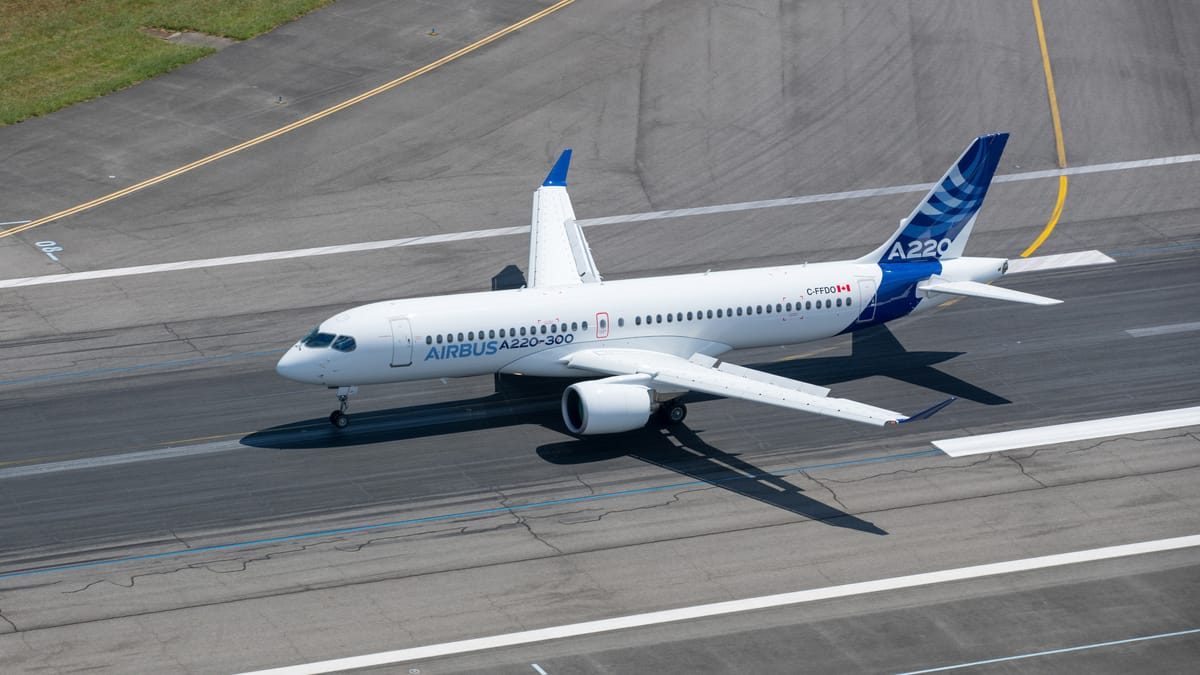
Airbus’ executives have reiterated that the A220-500, a third and larger variant of the A220 program, is coming, with the question being when, not if. However, the manufacturer affirmed its current priority is figuring out the program’s supply chain and the ramp-up to 12 per month in 2026, which is two aircraft lower than the company’s previous goal.
During Airbus’ earnings call on October 29, 2025, Guillaume Faury, the Chief Executive Officer (CEO) of the company, said that the third variant of the A220, “nicknamed the dash 500,” is something that the manufacturer believes in and the program will benefit from.
“We have demand from airlines and from the airline customers for [this variant] that, on paper, looks really as a very competitive product [sic]. We have said that the dash 500 is not a question of if, but it is a question of when.”
Faury echoed that Airbus’ current priorities are the “short-term work and the short-term challenges that we have to perform” in order for the program to break even. The work includes the integration of Spirit AeroSystems’ work packages, including the wings for the A220-100 and A220-300.
“So that is a bit the way we are looking at the year and the years ahead of us.”
According to the executive, the company is now targeting a 12-per-month rate for the A220, which is two fewer than it had previously planned to achieve. This should grant Airbus additional time to integrate Spirit AeroSystems’ packages and introduce engine durability improvements.
“[…] we think the rate 12 for next year is [a] good balance between the different challenges and the demand and supply situation and the quantity of work to be delivered.”
Year-to-date (YTD), Airbus has delivered 62 A220s, four A220-100 and 58 A220-300 aircraft, a nominal and not factual rate of around 7 per month.

However, the A220-500, comparatively, was a small footnote during the earnings call, which largely focused on the company’s commercial aircraft supply chain, including the supply of engines for its narrowbodies.
During the first nine months of 2025, Airbus delivered 507 aircraft, or 10 more than during the same period in 2024. Faury noted that deliveries will remain back-loaded as the planemaker navigates the engine supply situation and aims to reach its goal of around 820 deliveries in 2025.
“We have a strong year-end rally ahead of us, and our teams are in the sprint.”
Faury stated that engine supply challenges have persisted, resulting in Airbus having 32 gliders, or engineless Airbus A320neo family aircraft, at the end of Q3. At the end of Q2, the European planemaker had 60 gliders.
“The engine situation is showing signs of recovery, and we continue to work closely with the engine manufacturers to deliver on our 2025 commitments,” he added, saying that while there is a bigger backlog of airlines waiting for replacements of their in-service aircraft engines, Airbus should have zero gliders by the end of the year.
“But I confirm and I maintain what I said earlier, we are consistent with the ramp-up trajectory that we have given previously this year and next year,” including the 75 A320neo family aircraft per-month-rate in 2027.
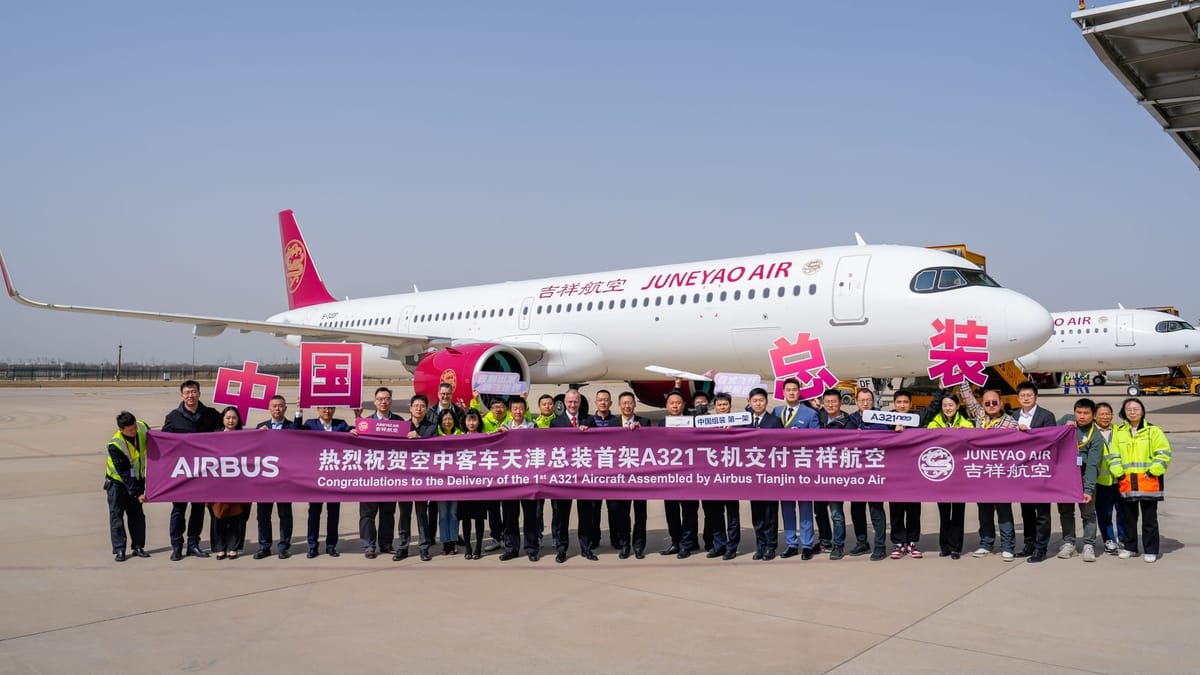
Engine manufacturers, including CFM International and Pratt & Whitney, have confirmed that they will deliver the engines to reach that goal, Faury said. The executive explained that both CFM International and Pratt & Whitney are struggling to deliver engines on time, saying that the situation remains fluid.
At the same time, Faury was taken aback by Safran’s executives being cautious about managing to support Airbus as it aims to hike the A320neo family aircraft production rate to 75.
“[…] I am slightly surprised with the remark because the level of alignment with CFM is very strong.”
While Faury confirmed that CFM International has had “significant issues” in 2025, they are catching up, and the executive is very “comfortable that they will be back to where they have to be by the end of this year” and then delivering enough engines to support Airbus’ production goals.
“They have their challenges, obviously, but we are moving hand-in-hand when it comes to ramping up the A320 with the CFM engine, at least that's my current perception, and that's consistent with the last weeks and months' meetings and interactions with CFM.”
For context, during Safran’s Q3 earnings call, Olivier Andries, the Chief Executive Officer (CEO) of the French company, said that “we have an underlying view with Airbus on 2026 and 2027” in terms of engine deliveries.
“We have engaged in discussions for the rate 75, and so the discussions are ongoing at the moment.”
Nevertheless, at the end of the first nine months of 2025, Airbus’ net income was €2.6 billion ($3 billion). Airbus Commercial Aircraft revenues climbed 3% year-on-year (YoY) to €33.8 billion ($39 billion), with the division ending the period with an adjusted earnings before interest and taxes (EBIT) of €3.2 billion ($3.6 billion), an improvement of 8% YoY.
In comparison, Boeing delivered 160 commercial aircraft, and Boeing Commercial Airplanes’ (BCA) revenues climbed to $30.1 billion, resulting in an operational loss of $6.4 billion. The operating loss would be lower; however, the planemaker took a $4.9 billion pre-tax charge related to the 777-9’s entry-into-service (EIS) delay from 2026 to 2027.
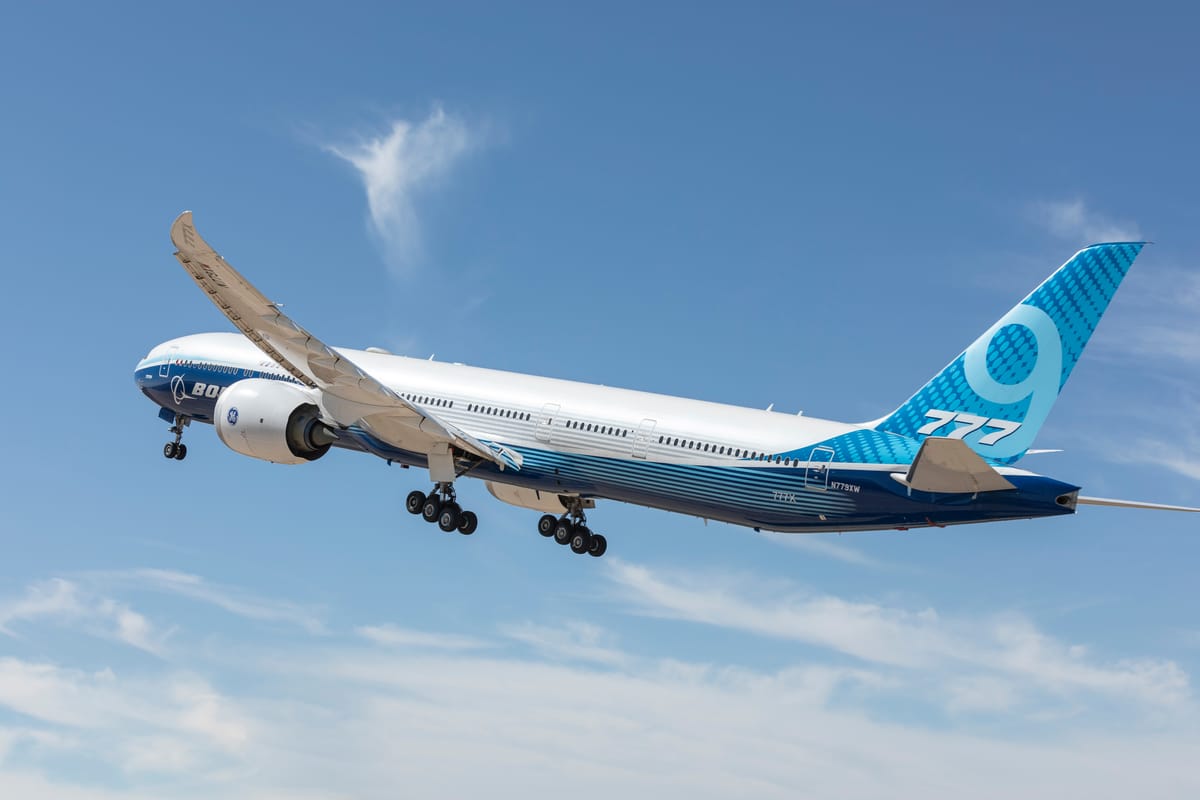




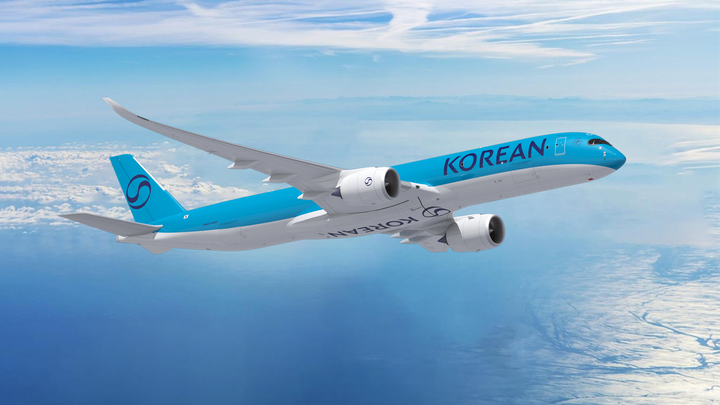

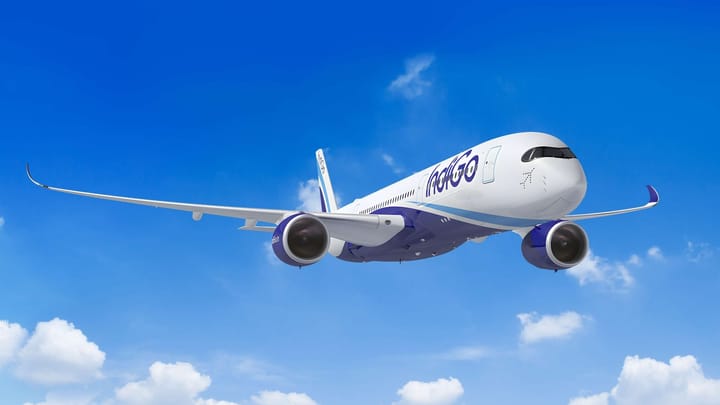
Comments ()